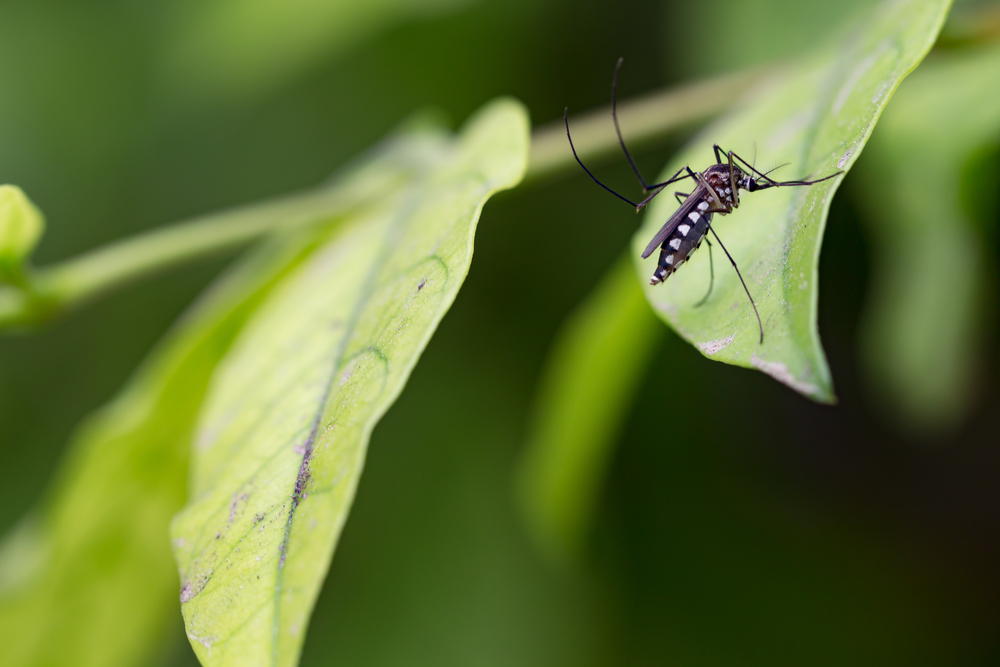
A new mathematical model developed at Upstate Medical University in New York will help guide researchers to make monthly predictions on when populations are at greatest risk of contracting mosquito-borne diseases, like Zika virus and dengue fever,
The model was developed by Upstate Medical University researcher Anna Stewart Ibarra, London-based researcher Rachel Lowe, and a team of their colleagues.
Lowe, who led the development of the model, based her data on 2016 climate conditions when El Niño was present in the city of Machala, Ecuador, an urban coastal city where mosquito-borne viruses are most prevalent.
The research team then combined data points such as real-time rainfall, temperature, El Niño forecasts issued at the beginning of the year, and information from active surveillance studies to develop a probabilistic model of dengue epidemics and infection risk estimates for the entire year.
According to Stewart Ibarra, the model should also be explored as a tool to predict outbreaks of Zika virus and chikungunya because dengue fever is transmitted by the same mosquito species, Aedes aegypti.
“We correctly forecast the peak in dengue incidence to occur three months earlier than expected in March 2016, with a 90 percent chance of exceeding the mean dengue incidence for the previous five years,” Lowe said.
Lowe noted that the peak in dengue closely followed extreme flooding in the city, which was successfully forecasted in advance by climate models.
While the original model was only developed for coastal Ecuador, the research team is currently in consultation with the Caribbean Institute of Meteorology and Hydrology to develop a similar model for Caribbean nations. The mathematical model, Stewart Ibarra said, could be used to support public health decision-makers in any place that Zika, dengue, and chikungunya viruses can occur.
Dengue fever, Zika virus, West Nile virus, yellow fever and chikungunya are all part of the flavivirus family of viruses and are a leading cause of illness in tropical and subtropical climates throughout the world.




